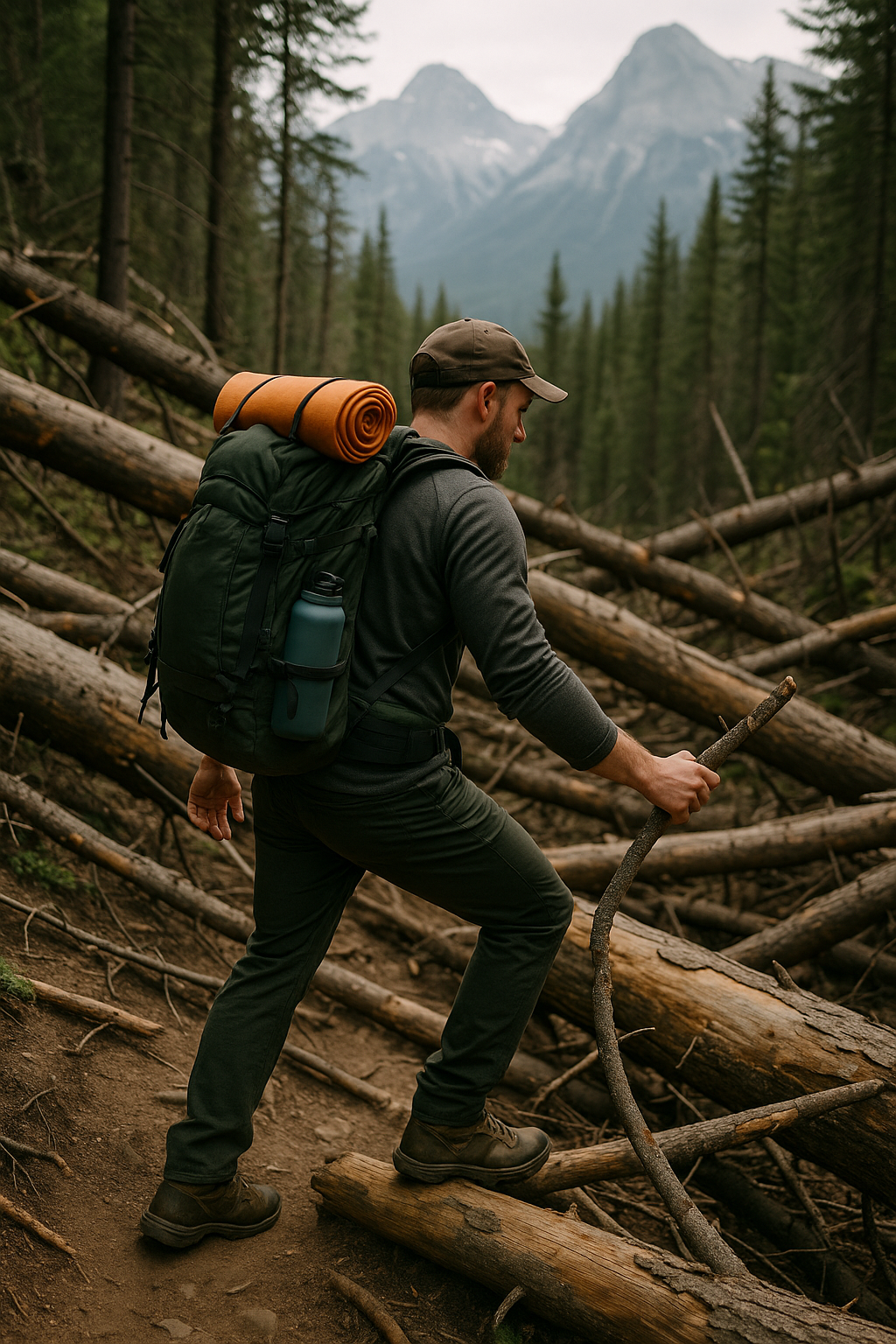Navigating Trail Obstacles: Safety Tips for Solo Hikers

A Challenging Journey Begins
Hiking up the Ivy Creek Trail just south of Creede seemed like the perfect solo adventure. However, the journey quickly turned challenging with unexpected obstacles like fallen trees, making navigation difficult and cutting the trip short.
The Risks of Solo Hiking
Solo hiking offers a unique sense of freedom and adventure, but it also comes with its own set of risks. Unexpected trail obstacles can lead to injuries or getting lost, especially when hiking alone. Understanding these risks is crucial for any solo traveler looking to explore the great outdoors safely.
Preparing for the Unexpected
Preparation is key to a safe solo hiking experience. Before setting out, research your chosen trail thoroughly, paying attention to recent reports of obstacles or closures. Carry a detailed map and a compass, and ensure your phone is fully charged. Downloading a trail safety checklist can also help you remember essential items and precautions.
Real-Life Stories of Trail Challenges
Many hikers have faced unexpected challenges on the trail. For instance, one solo traveler recounted how a sudden storm turned a simple hike into a test of endurance and navigation skills. Learning from such experiences can provide valuable insights and prepare you for similar situations.
Essential Gear for Safe Hiking
Equipping yourself with the right gear is essential for overcoming trail obstacles. An anti-theft daypack can keep your belongings secure, while a waterproof phone pouch ensures your device stays dry in wet conditions. A foldable UV umbrella can provide shade and protection from sudden weather changes.
Take Action for a Safer Adventure
Being prepared and informed can significantly enhance your safety and enjoyment on solo hikes. Download a trail safety checklist today and share your own hiking experiences in the comments. Your insights could help fellow hikers navigate their own adventures more safely.

























